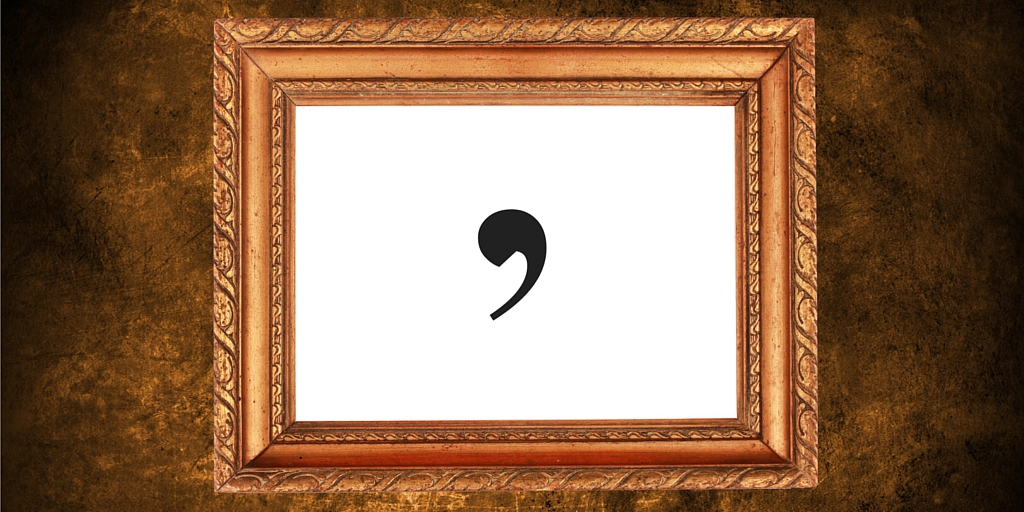Following is a special guest post from our good friend The Apostrophe.
Dear users of the English language,
Hi, it’s me. I know it’s been a while since we’ve talked … well, we’ve definitely had some dealings, but we haven’t really talked. And we need to.
Listen, we had a good thing going for a long time, you and I. Remember when we first met in Mrs. Zapalowski’s second-grade class, and you had so much fun writing those cute little curly marks in your possessives and contractions?
That was then. This is now. And things have gotten out of hand.
This is the part where you might expect me to say “It’s not you. It’s me.” But no. It’s you. Totally you. All you. And you need to stop. Now.
Stop the abuse. Stop the madness. Stop whipping me out of your punctuating bag of tricks every freaking time you write a word ending in the letter s. You’ve mistreated me so badly that I’m tempted to just leave you stranded and say “See ya, pal — have fun writing all those extra words without me.” But no, I’m bigger than that.
So what do you say we just go back to the beginning? Start over with a clean slate. It’ll be good for both of us.
Need a refresher? No problem. Feel free to use me any time you need to do one of two things:
- Make a noun possessive
You remember what a noun is, right? It represents a person, place, or thing. (All you Gen Xers, feel free to sing along with the Schoolhouse Rock song.) Well, sometimes those people, places, or things have people, places, or things. So if you need to show that relationship, that’s where I come in:
- Susan’s cousin
- The arena’s parking lot
- The tree’s roots
But what if the noun already ends in s? Just add me at the end; no additional letters needed:
- Lucas’ house
- The bus’ doors
The same goes for plural nouns ending in s:
- The Johnsons’ party
- The classic poets’ techniques
- Represent eliminated letters
Admit it: sometimes people get lazy. I mean, writing out all those letters — who has the time, right? Fortunately, our lovely English language has these things called contractions, which are just mashups of two words with some letters left out. But here’s the catch: You need some way to represent those missing letters. Here, too, is where I come in:
- “It is” becomes “it’s.”
- “Do not” becomes “don’t.”
- “I have” becomes “I’ve.”
There may be other occasions where you need to represent eliminated letters, especially if you’re from Texas:
- Here’s what I was thinkin’ …
- You fixin’ to go fishin’?
- … There is no 3. That’s it. Those are the only two scenarios where I can help you out. Period.
Are we clear? Okay, great. If you have any questions, feel free to drop them into the comments field below.
And if I ever catch you writing “Bring bagel’s to the meeting,” I will hunt you down and destroy your keyboard.
